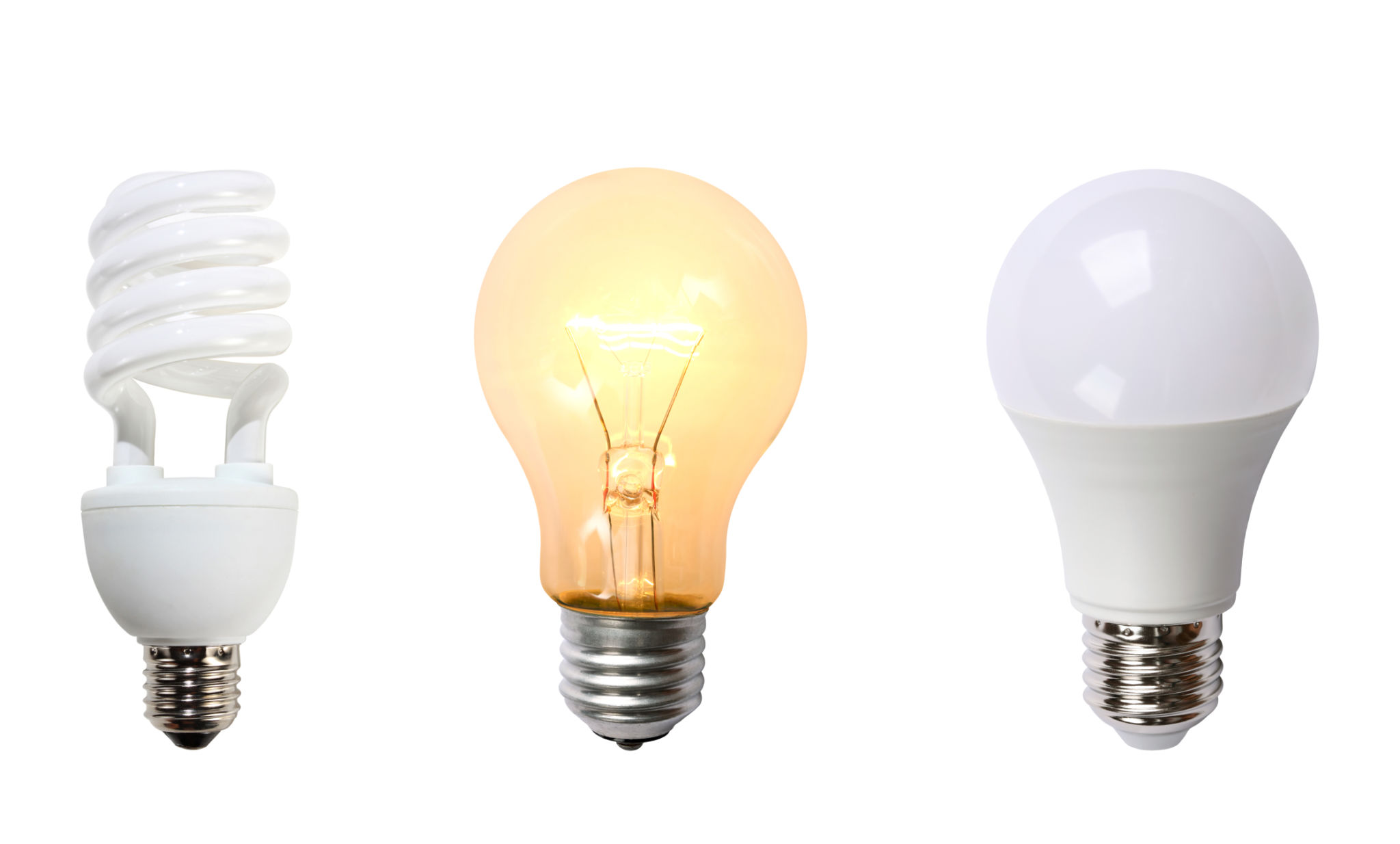Comparing LED Lighting to Traditional Lighting: Which is Better?
Introduction to LED and Traditional Lighting
Lighting plays a crucial role in our daily lives, shaping the ambiance of our homes and workplaces. With numerous options available, understanding the differences between LED lighting and traditional lighting is essential. LEDs, or Light Emitting Diodes, are increasingly popular, but how do they compare to traditional incandescent and fluorescent lighting?

Energy Efficiency
One of the most significant advantages of LED lighting is its energy efficiency. LEDs consume up to 80% less energy than traditional incandescent bulbs. This increased efficiency not only reduces electricity bills but also contributes to environmental sustainability. In contrast, incandescent bulbs waste a lot of energy as heat, making them less efficient overall.
Fluorescent lights are more efficient than incandescent bulbs but still do not match the energy-saving potential of LEDs. Over time, the energy savings from using LEDs can be substantial, making them a cost-effective choice for both homeowners and businesses.
Lifespan and Durability
Another notable benefit of LED lighting is its longevity. LEDs can last up to 25 times longer than traditional bulbs, significantly reducing the frequency of replacements. This long lifespan translates to lower maintenance costs and less waste.

Traditional incandescent bulbs typically last around 1,000 hours, while fluorescent lamps can last between 7,000 to 15,000 hours. In comparison, LEDs can last over 25,000 hours, making them an ideal choice for hard-to-reach places or commercial settings.
Light Quality and Versatility
LEDs offer superior light quality with a wide range of color temperatures and brightness levels. This versatility makes them suitable for various applications, from cozy home lighting to bright office environments. Additionally, LEDs provide instant illumination without the warm-up time required by some traditional lighting solutions.
Traditional lighting options often have limited color choices and may not provide consistent light output. Fluorescents, in particular, are known for their flickering issues and harsh light quality, which can be uncomfortable over long periods.

Environmental Impact
The environmental impact of lighting solutions is an increasingly important consideration. LEDs are free from harmful materials like mercury, which is often found in fluorescent bulbs. This makes them safer for the environment both during use and disposal.
Furthermore, the reduced energy consumption of LEDs contributes to lower greenhouse gas emissions. By choosing LED lighting, consumers can make a positive impact on the environment while enjoying modern lighting benefits.
Cost Considerations
Initially, LED lighting may have a higher upfront cost compared to traditional lighting options. However, this cost is quickly offset by savings on energy bills and reduced replacement frequency. Over time, LEDs prove to be a more economical choice.
For those on a tight budget, it's worth considering that the longevity and efficiency of LEDs lead to significant savings in the long run. Bulk purchasing or taking advantage of sales can also help mitigate initial costs.
Conclusion
When comparing LED lighting to traditional lighting options, it's clear that LEDs offer numerous advantages. From energy efficiency and longevity to superior light quality and environmental benefits, LEDs are a smart choice for modern lighting needs.
While traditional lighting still has its place in certain applications, the shift towards LED technology reflects a growing awareness of sustainability and cost-effectiveness. Whether you're updating your home or outfitting a commercial space, LEDs provide a bright solution for the future.
